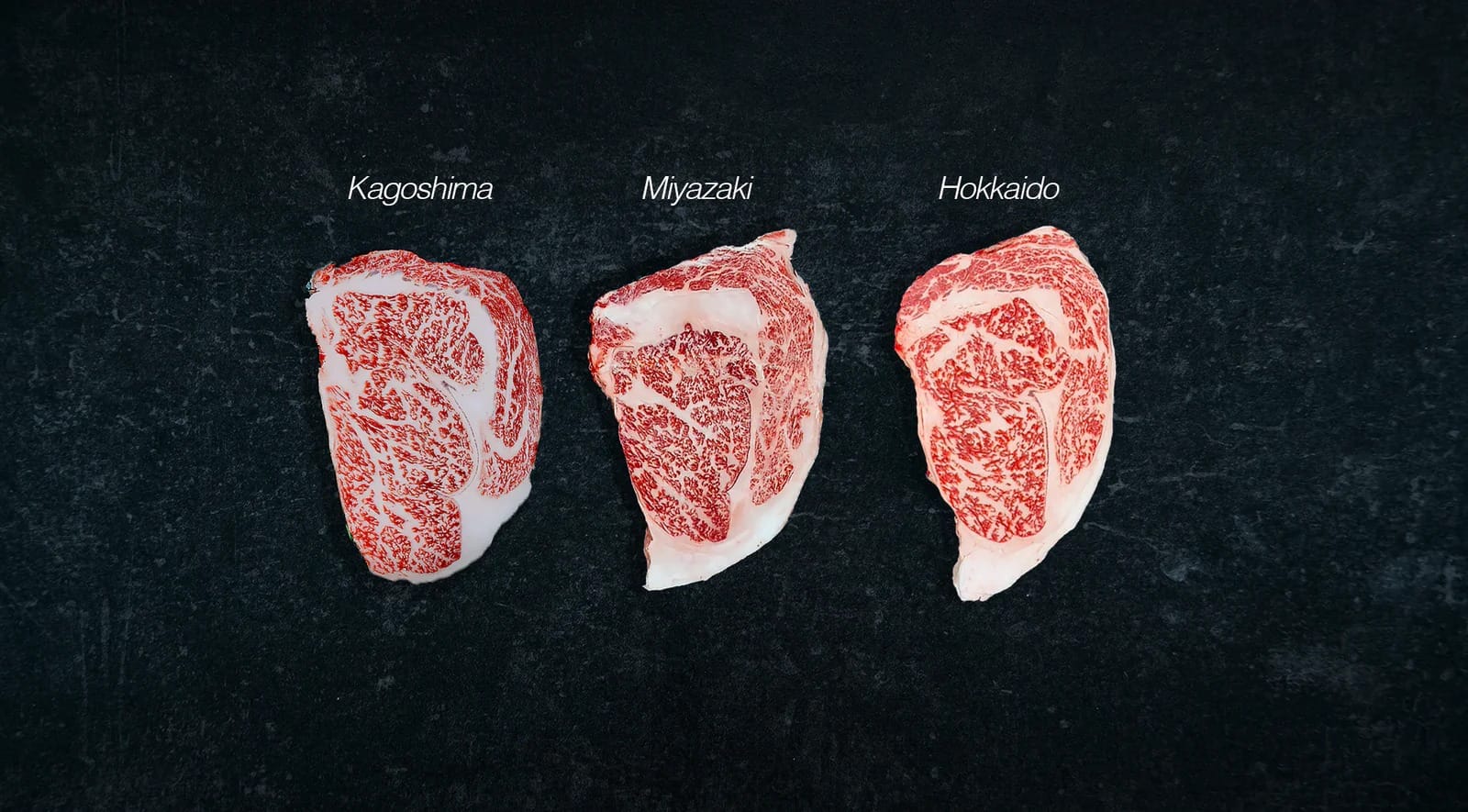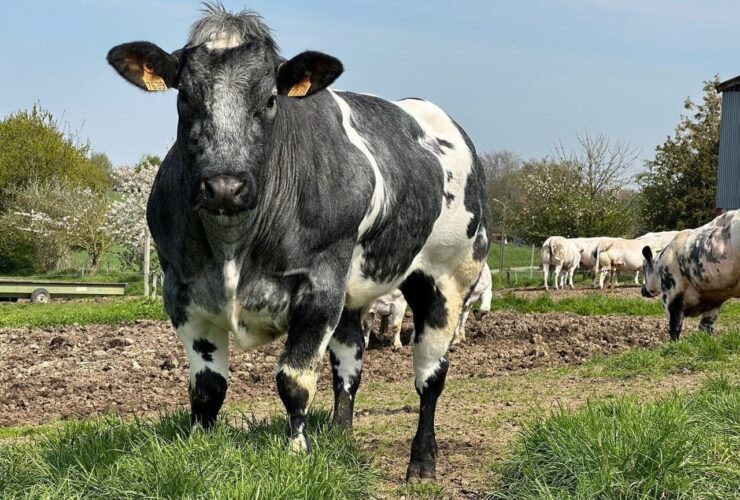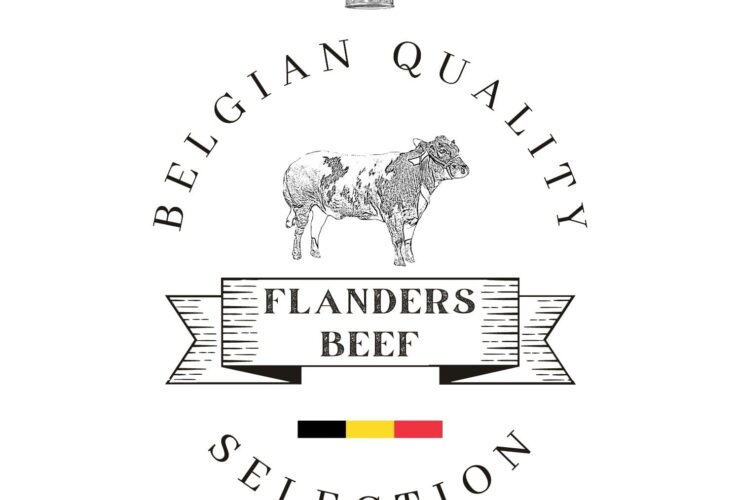Kagoshima, Hokkaido or Miyazaki Wagyu?

What does the general term ‘Wagyu’ mean?
When translated from Japanese, ‘Wa Gyu’ actually means ‘Japanese Cow’. The registered term ‘wagyū’ is in fact more breed-specific, and refers to a limited selection of cattle breeds hailing from Japan. To be legitimately classified as Wagyu, the following four cattle breeds are taken into account: Japanese Black, Japanese Brown, Japanese Polled and Japanese Shorthorn. Japanese Black (Kuroge Washu) is the most popular breed of the list.

Where is Wagyu produced?
Notwithstanding the fact that Wagyu finds its origins in Japan, cattle does not necessarily have to be born, raised and processed on Japanese soil. From the 20th century on, cattle have in fact been widely exported to foreign countries all across the globe. That’s why you’ll also find Australian Wagyu beef, American Wagyu beef, Uruguayan Wagyu beef and even Dutch Wagyu beef available on the market. These ‘foreign’ types of Wagyu are often cross-bred with other breeds, such as the famous Angus, Simmental and Holstein cattle breeds. Countries may also apply different rules in terms of scoring beef quality, with Japan (followed by Australia) having the most stringent rules of all. Stringent regulation intends on preserving superior genetics and quality. Therefore, Japanese Wagyu beef is still widely considered to be the most prestigious (hence you’ll pay the extra penny for it).
If you’re planning to purchase genuine Japanese Wagyu beef in particular, be sure to spot:
- the word ‘Japanese’,
- the grading (with A5 being the highest grade),
- the particular brand (such as Kagoshima and Hokkaido).

What is Wagyu Kagoshima?
Kagoshima lies in the far south of Japan, and is known for having a temperate climate. With a whopping 20%, the Kagoshima prefecture produces the largest quantity of Japanese beef. Most Kagoshima beef is produced from Japanese Black (Kuroge Washu).
Cattle is blessed with sufficient sun and natural surroundings, and that’s something that translates into the taste of Kagoshima Wagyu. It can be described as full-bodied and ultimately tender with perfectly balanced marbling.

What is Wagyu Miyazaki?
Lying slightly north-east of the Kagoshima prefecture, Miyazaki is the second largest prefecture in producing Japanese Black cattle. This Japanese beef is truly exceptional. At a national competition that is held every 5 years and often referred to as the ‘Wagyu Olympics’, Miyazaki Beef snatched the gold medal 3 times consecutively. In other words, Miyazaki is the top-ranked prefecture in Japan for 15 years straight! Cattle resides between mountains and dense forests that occupy more than 75% of the land. This results in beautifully red-colored beef, majestic marbling and a naturally rich flavor palate.

What is Wagyu Hokkaido?
Going up all the way north, we find the Hokkaido prefecture. The region is known for its low temperatures throughout the entire year, with cattle residing between snowy mountains and beautiful nature. The cold climate conditions result in the production of unique Hokkaido Wagyu beef. While still being ultimately rich in flavor, its flavor is best described as being more delicate that its Kagoshima and Miyazaki peers.

Our final verdict
Despite Japanese cattle being exported worldwide from the 20th century on, Japanese Wagyu beef is still generally considered to be the greatest of all. As the mentioned prefectures all deliver top-grade beefs, you can’t go wrong with your ultimate choice. Notwithstanding the fact that all can be described as impeccably tender, buttery, well-balanced and rich in flavor, each prefecture brings along its own flavor characteristics that will tickle your taste buds in slightly different ways!
Bon appetit.




